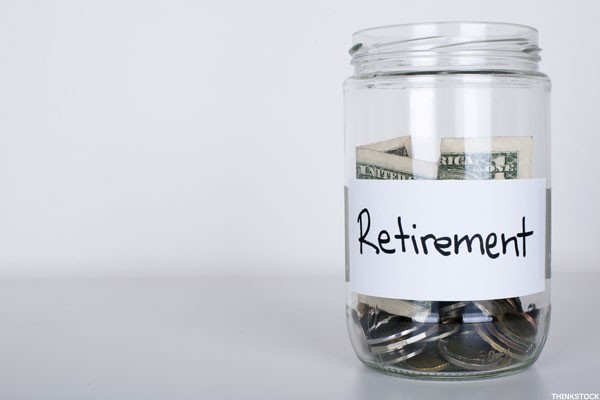How to Lessen the Tax Bite in Retirement
Post on: 6 Июль, 2015 No Comment

About
Getty Images By Sandra Block
Once you retire, certain expenses will diminish or disappear. You won’t spend as much on dry cleaning, for example, and if you’re in good shape, you can fire the dog walker. And you’ll no longer be saving for retirement — a much bigger expense.
One expense that won’t go away is taxes. You may have $1 million in retirement savings, but the amount available for your retirement income is much less because a portion of the money will go to pay federal and state taxes. This is where having different types of retirement accounts — taxable, tax-deferred and tax-free — comes into play. Depending on the account you tap, along with the type of investment, your federal tax rate could range from 0 to 39.6 percent. You can keep your tax rate on the low end of the scale by taking tax-efficient withdrawals from your accounts.
What to tap first. Conventional wisdom has long held that retirees should take withdrawals from their taxable accounts first. That way, you can benefit from low capital gains rates while investments in your tax-deferred and tax-free retirement accounts continue to grow, unfettered by taxes.
In a taxable account, the capital gains rate on assets you’ve owned more than a year ranges from 0 percent for taxpayers in the 10 and 15 percent tax brackets to a maximum rate of 23.8 percent for taxpayers in the top tax bracket. To minimize taxes, use your taxable accounts for investments that qualify for long-term capital gains rates or are tax-free.
The list typically includes growth stocks, tax-efficient mutual funds and exchange-traded funds, says Christine Fahlund, senior financial planner for T. Rowe Price. If you own individual municipal bonds or muni funds, they also belong in your taxable accounts. In addition, many planners recommend keeping two years’ worth of living expenses in these accounts, typically in a money market or other low-risk account.
Next in line are your tax-deferred accounts, which include traditional IRAs, 401(k)s and other retirement-savings plans. Withdrawals from these accounts will be taxed at your ordinary income tax rate (except for any after-tax contributions you made, which will be tax-free). In most cases, you’ll also pay a 10 percent penalty if you take withdrawals before you’re 59. Use these accounts for the portion of your portfolio allocated to investments that are already taxed at your ordinary income tax rate, such as individual bonds and bond funds, real estate investment trusts, and preferred stocks. Many retirees should have stocks and stock funds in their IRA, too.
Last in the queue is your Roth IRA. You may withdraw your Roth contributions at any time, tax- and penalty-free. As long as you’re 59 and have owned a Roth for at least five years, earnings are tax-free, too. Unlike traditional IRAs, you’re not required to take minimum withdrawals when you turn 70. If you don’t need the money, you can leave it to your heirs, who will be able to take distributions tax-free.
Because withdrawals from a Roth aren’t taxed, Roths are suitable for a wide range of investments. Income-oriented investments are good candidates for both traditional and Roth IRAs, says Mark Bass, a financial planner in Lubbock, Texas. Fahlund recommends using your Roth for the slice of your portfolio invested in aggressive stock funds, because you’ll never be required to take withdrawals — which means you’ll have more time for the investments to grow — and you won’t have to worry about paying taxes on your profits.
Exceptions. There are a few good reasons to depart from the conventional withdrawal hierarchy: Once you turn 70, you’ll need to take annual required minimum distributions from your traditional IRAs and other tax-deferred retirement accounts. If these accounts grow too large, the mandatory withdrawals could push you into a higher tax bracket. To avoid this problem, start taking withdrawals from your IRAs before you turn 70.
Mark Joseph, a certified financial planner with Sentinel Wealth Management, in Reston, Va. advises retired clients who aren’t yet required to take RMDs (and are likely to be in a higher tax bracket down the road) to look at their other income, such as interest and capital gains from taxable accounts, Social Security and pensions, and withdraw just enough from their tax-deferred accounts to remain within the 15 percent tax bracket. Additional expenses can be covered by withdrawals from the principal of their taxable accounts first, followed by withdrawals from Roth accounts, he says.
It’s also a good idea to take withdrawals for emergency expenses — say, for a new roof or long-term care — from a Roth. You’ll owe taxes on money from tax-deferred accounts, which could push you into a higher tax bracket.














